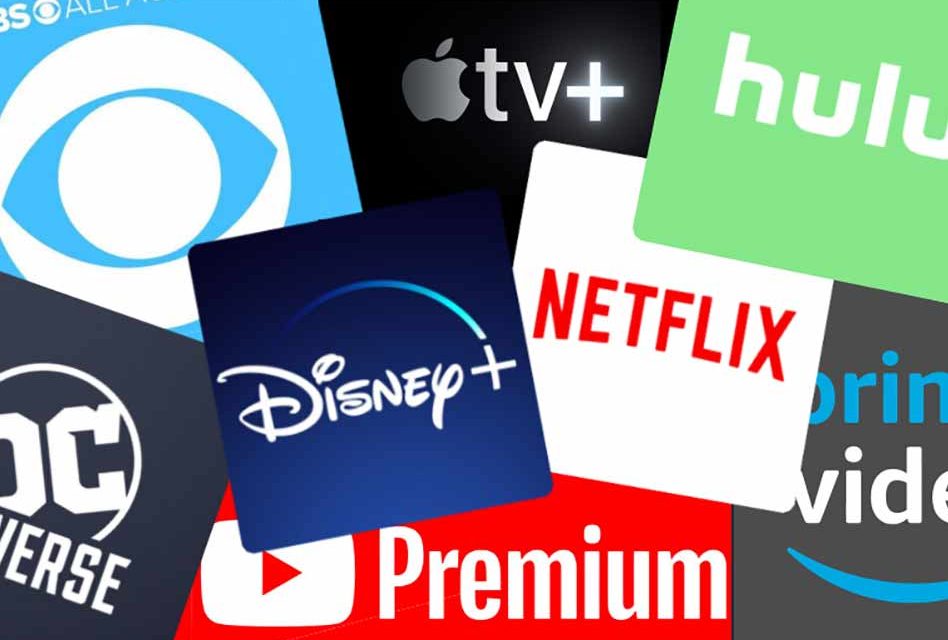
More and more people are cutting the cord and turning to online streaming services to consume their entertainment. Today, we wanted to cover how you can stream from sites like YouTube, Netflix, Hulu, and others.
One Piece at a Time
Before you can playback media on your computer or phone, it has to be downloaded. It is a similar process when you stream, but instead of the entire piece of media being downloaded instantaneously, it is downloaded in small pieces. The data arrives at your data in a continuous stream.
When you stream media, your computer downloads the pieces of the data in real-time. If your internet connection is fast, the entire file may download before you are finished watching it. This is why you can continue the stream, even after your internet goes out. This data does not go to permanent storage on your computer.
Infrastructure Improvements
Streaming content from the internet is not a new concept. The masses have recently adopted it because it is more convenient than hard copies of media. This convenience has come out of several technological improvements like faster and stronger internet speeds.
YouTube and Netflix started on only a few data servers, and when there was a lot of traffic or a user was far away, the result would be a lag. These and other services have invested heavily in data centers and global networks to provide users the best experience.
Internet Service Providers (ISPs) also have competed to provide faster internet connections for their users. Fiber is dramatically improving the connection speed and is slowly replacing cable connections.
Even with these improvements, users can still experience lags due to high traffic. For example, Netflix uses 15%, and YouTube uses 11% of global bandwidth. To help prevent substantial scale slowdowns, stream services will provide Open Connect Appliances (OCAs) to ISPs. These are servers full of popular movies, songs, and other content. This allows the ISP to reroute internet traffic from the streaming services and alleviate some of the networks’ pressure.
Future Streaming
Live streaming, whether on YouTube or other social media platforms, are gaining popularity. Live streaming presents new challenges to the current infrastructures. The live stream is recording that video while it is being broken down into smaller pieces, for starters. These are then code and sent out over the internet. Once received by your computer, the process described above occurs. For this to be a seamless process, both the streamer and the person watching must have stable internet connections.
Another use of streaming will be to stream video games. While this concept isn’t new, companies like Nvidia try to create a service that will allow even the cheapest computer to play high endgames. Like the example above, streaming a game introduces more challenges and will require a robust connection.
If you found this article interesting or helpful, check out our other posts!
